By : Nikon School Blog | 24 Jul, 2017 |
When you start photography, often the sheer volume of knowledge facing you can feel overwhelming. Add to that the many confusing concepts in photography that make it even more difficult for beginners. The most common confusions related to photography are discussed in this blog and should lead to better understanding of some vital concepts.
Full frame, cropped frame and crop factor
DSLRs majorly use two sensor sizes, like the DX and FX formats in Nikon. The FX format is the larger, measuring almost the same as the 35mm format film. It is also called 'full frame'. The DX format is smaller, and is technically known as 'APS-C' format.
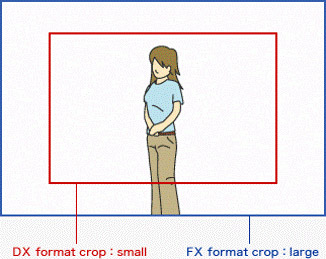 The difference between DX and FX formats
The difference between DX and FX formats
There are many confusions regarding the crop factor - the ratio of the size of the two sensors. In case of Nikon, the crop factor is 1.5, which means the effective focal length of DX format lenses is 1.5 times the actual focal length. For example, a 35mm DX format lens has an effective focal length of 35 x 1.5, approx. 52 mm. The FX 35mm lens will not have any crop factor applicable, and will work as 35mm on an FX body. However, on a DX body, this FX 35mm lens will give an effective focal length of 52mm.
Put simply, on a DX body, DX lenses and FX lenses both, will have an effective focal length of 1.5 times the actual focal length.
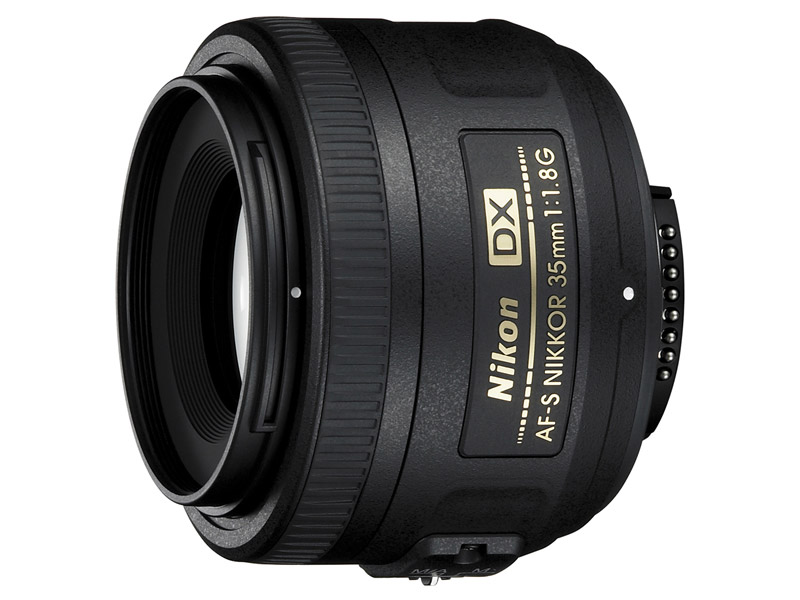 The DX 35mm lens has a crop factor of 1.5X and an effective focal length of around 52mm.
The DX 35mm lens has a crop factor of 1.5X and an effective focal length of around 52mm.
Autofocus and Auto exposure
The focus modes and exposures modes of a DSLR are independent of each other. You can select manual focus while shooting in auto exposure modes, and use Manual exposure mode with autofocus.
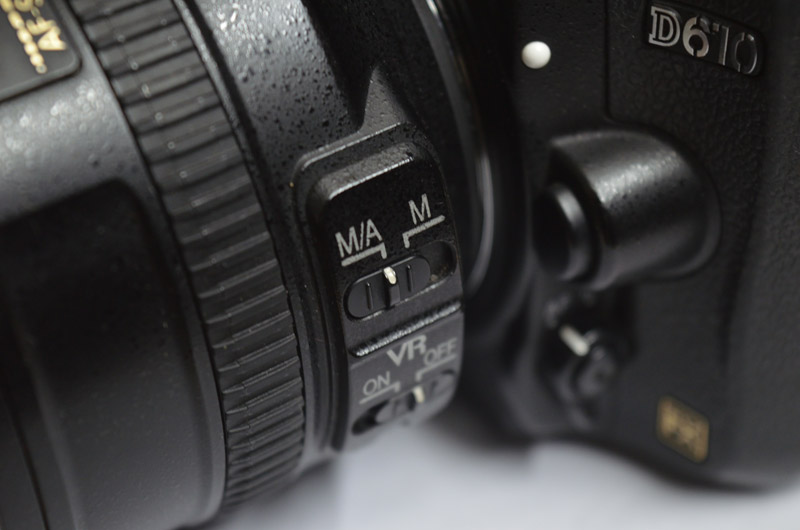 The autofocus modes (above) and exposure modes (below) work independently of each other
The autofocus modes (above) and exposure modes (below) work independently of each other
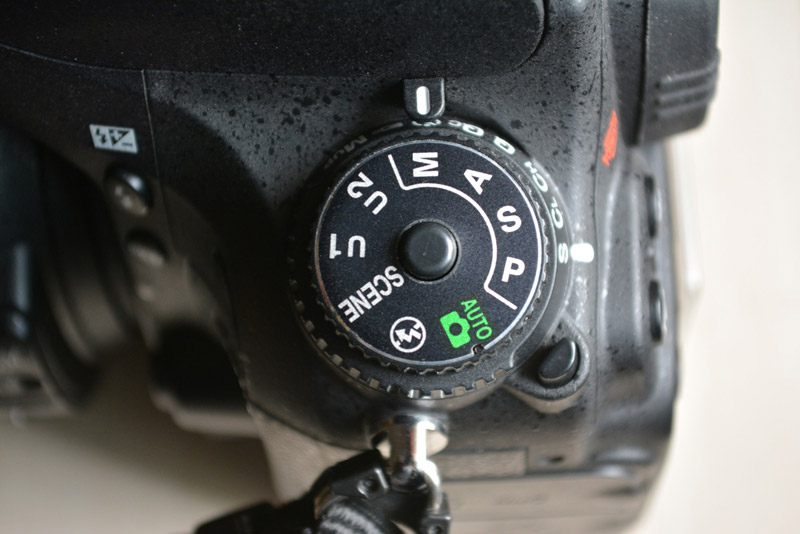
Focal length and 'f' numbers
Focal length indicates the field of view (area covered) of a lens and is denoted in millimeters ('mm'). Aperture is the opening of a lens that allows light to come in. The size of the aperture is denoted by 'f' numbers e.g. f/4 , f/5.6, f/8, etc. Though both terms are related to lenses, they indicate different things.
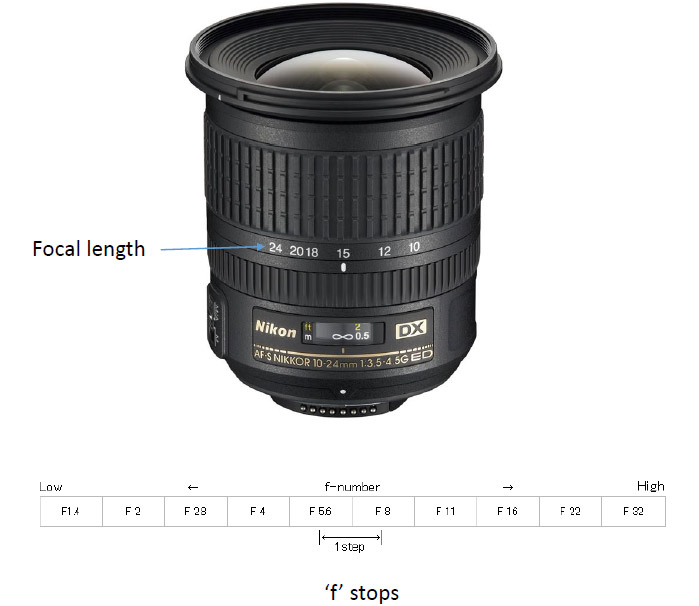
Depth of field and background blur
Many beginners get attracted to the concept of blurring the background and confuse the term depth of field to mean blurred backgrounds. Depth of field is the area around a focused distance within which things look reasonably sharp. An image with a blurred background means focus is on a front subject and the depth of field is shallow, i.e, a small area around the focused subject will look sharp.
 A shallow Depth of field
A shallow Depth of field
 A large Depth of field
A large Depth of field
Prime and Zoom
Many people think zoom lenses are the big lenses they have seen wildlife or sports photographers carry on their shoulders. However, a zoom lens can be any lens which has a range of focal lengths. The AF-S DX NIKKOR 18-55mm f/3.5-5.6G VR lens is a zoom, though small in size, whereas the AF-S NIKKOR 200-400mm f/4G ED VR II is a large telephoto zoom.
A prime is any lens that has a single focal length. A 50mm is a standard prime, a 20mm is a wide angle prime and the AF-S NIKKOR 800MM F/5.6E FL ED VR is a huge telephoto prime lens weighing around 4.6 kgs.
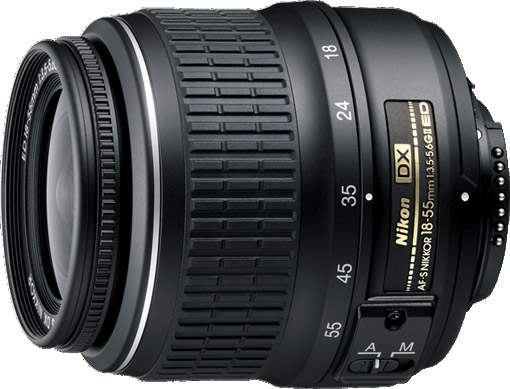 A zoom lens
A zoom lens
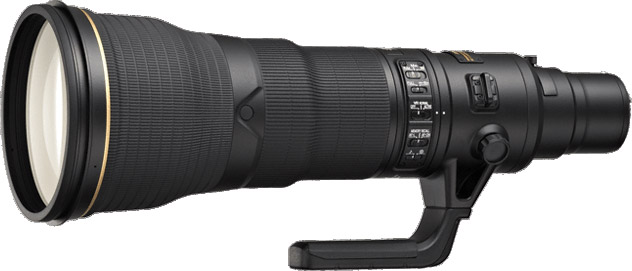 A prime telephoto lens
A prime telephoto lens
Exposure metering and Manual exposure
Metering modes tell the camera how to analyse light and calculate exposure. However, many people think this is applicable even in manual mode. Sometimes, photographers use spot metering with manual mode but do not get the desired exposure. This happens simply because in Manual exposure mode, the exposure settings are set manually, so the camera metering does not affect the final exposure at all. In manual exposure mode the only thing which the metering mode affects is the exposure indicator that appears on the display and the viewfinder.
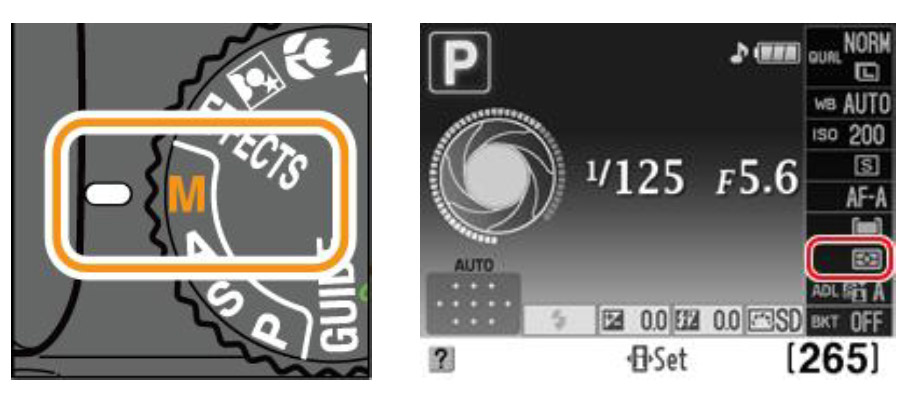 The metering modes (right) do not affect exposure in manual exposure mode (left)
The metering modes (right) do not affect exposure in manual exposure mode (left)
It is greatly beneficial if the basics are understood and the common confusions cleared, as it makes you a technically better and confident photographer.